Sun And Moon Japanese Mythology
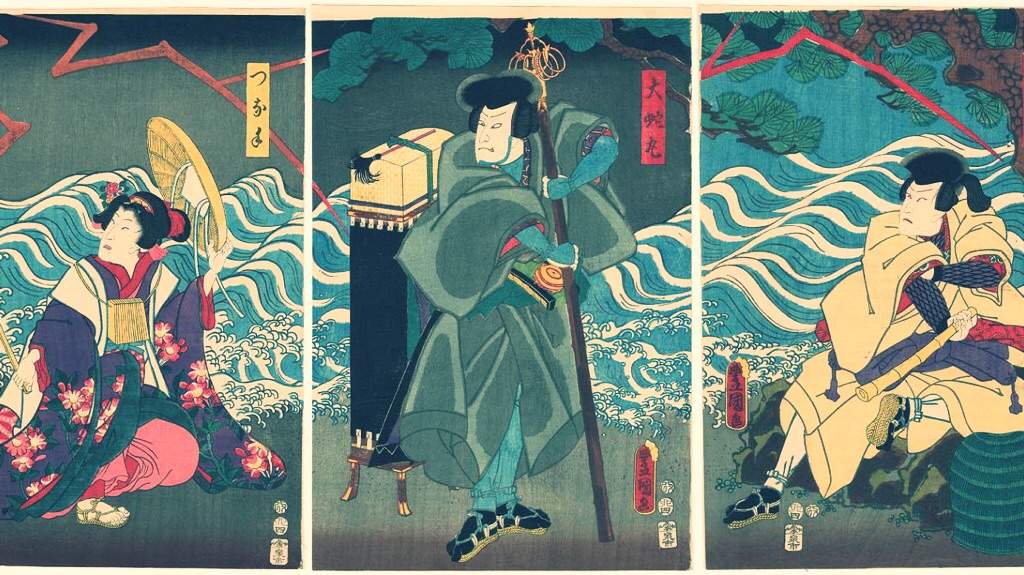
Naruto And Japanese Mythology Naruto Amino

How All Food Came To The World From A Butt And How Tsukuyomi Became Moon God Japanese Mythology Youtube

Amaterasu Mythopedia

The Age Of The Gods A Japanese Creation Myth Ancient Origins

33 Devas Japanese Myth Japanese Buddhism Japanese Mythology
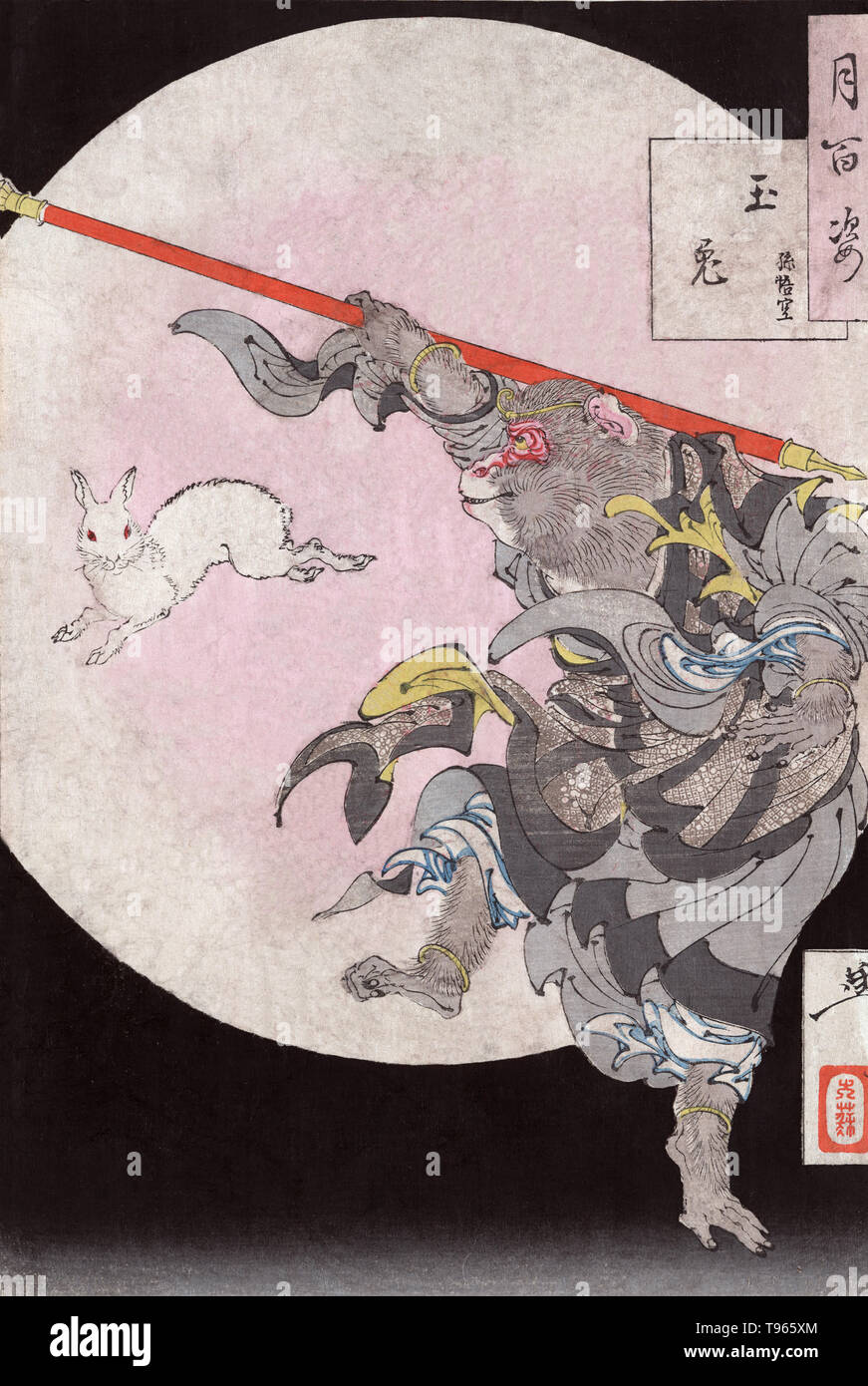
Tamausagi Songoku Songoku And Jewel Hare Son Goku A Monkey Sometimes Known As The Monkey King Holding A Spiked Scepter And Glaring At The Moon Rabbit Sun Wukong Son Goku In Japanese
This was a pre-Islamic Arabian goddess of the sun, identified with the Akkadian sun god Shamash.

Sun and moon japanese mythology. Back to the World Map. The following is a list of solar deities:. -- Nanahuatl, weakest of the.
Mythology has it that Tsukuyomi (the moon) chases his wife Amaterasu (the sun) across the sky. Average score for this quiz is 6 / 10.Difficulty:. From Japanese 日向 meaning.
The Shinto pantheon alone boasts an uncountable number of kami (deities or spirits). Japanese Mythology Visit the links to learn about Japanese myths related to objects in the sky, and aspects of their world. According to Snorri, Mundilfari had two children who were so beautiful that he called the girl “Sol” after the sun and the boy “Mani” after the moon.
Combination of Lunar Manipulation and Positive Forces Manipulation. In Naruto, two of the primary jutsus for the Mangekyo Sharingan are Tsukuyomi and Amaterasu, named after the Japanese god of the moon and goddess of the sun, as noted in the Mythology folder. Gregory Wright 3 Tsukuyomi-no-Mikoto is the Japanese god of the moon, a proud deity of order and beauty.
She is the elder daughter of Izanagi –no-Mikoto (“The August Male”), a deity born of the seven divine generations in Japanese mythology and Shinto. Myths about the Sun and Moon The sun and the moon are powerful beings that bring life and death to all living creatures. This quiz looks at how the world was created in Japanese mythology and the gods who played a role in its creation.
Amaterasu, as the sun goddess, was responsible for illuminating the world and for insuring the fertility of the rice fields. He was the son of the moon god Nanna and Ningal. Tsukiyomi was so disgusted that he killed the cook and never ate anything again.
Chinese = Jiǔ Yào. Tsukuyomi – control of the night and moon and the storms. Tsuki-yomi – the moon god birthed from the washing of his right eye, and Susanoo – the storm god.
As Izanagi cleansed himself, the water and robes that fell from his body created many more gods. Japanese folklore are heavily influenced by the two primary religions of Japan, Shinto and Buddhism.Japanese mythology is a complex system of beliefs that also embraces Shinto and Buddhist traditions as well as agriculture-based folk religion. He placed the sun and moon in the heavens, and regulated their respective courses.
As the mythical ancestor of the Japanese Imperial Family, she forms the basis of their right to rule. The ability to manipulate the benefic aspects of the moon. In Greek mythology, the sun god was originally Helios (whence words like heliocentric for our sun-centered solar system) and the moon goddess Selene, but over time, this changed.
Japanese Goddess of the Sun Amaterasu, Goddess of the Sun in Japan, is the divine ancestor of the Japanese imperial family who, in Japanese mythology, had created the world. The Shinto pantheon alone consists of an uncountable number of kami (Japanese for "gods" or "spirits"). One notable aspect of Japanese mythology is.
That which strengthens, enhances and causes anything/everything it comes across to flourish, representing the sustaining and preserving side of the. Now sister Amaterasu, the Sun Goddess, will have nothing more to do with him. That’s why he follows her in the sky every day.
Meanwhile, the sun goddess and the storm god Susanoo's conflicts were. IZANAGI 伊邪那岐 m Japanese Mythology Means "male who invites" in Japanese. They control when it is day or night, which season it is, and the weather.
The nine celestial luminaries are the Sun, Moon, Mars, Mercury, Jupiter, Venus, Saturn, Rago, and Keito. Sun married a man called Glenr (“Opening in the Clouds” 8). He committed an egregious.
The threesome were asexually born from Izanagi as he purified himself after entering the afterworld seeking his wife, Izanami, a journey reminiscent of the legendary musician Orpheus who. Sun, moon, symbol, Japanese mythology, alchemy, Sol, Luna, sandplay therapy. Both the Sun and the Moon inhabited the earth originally, but they were translated to the heaven as a….
Despite being the Goddess of Food she was a terrible cook with some very strange ideas about food hygiene. Tsukuyomi is the Japanese moon god, a proud deity who represents the beauty and power of the moon. Tsukiyomi no Mikoto is the Shinto moon god and a brother of Amaterasu, born from the right eye of Izanagi.
Five Planets, Sun, Moon, Days of the Week Japanese = Kuyō (Kuyo) 九曜 or Kushitsu 九執. Paired Destruction, which puts a marker of a sun with a plus symbol on one surface and a. Apollo became a sun god and Artemis became the goddess of the moon.
She and her brothers, the storm god, Susano-o, and the moon god, Tsukiyomi, shared the power of governing the universe. His accession is traditionally dated as 660 BC. Myths related to the Sun, Moon, and storm kami are full of strife and conflict.
Also known as Tsukiyomi, Tsuki no kami, Tsukiyomino mikoto, and Tsukiyumi no mikoto, he is the god of the moon. Japanese myths, as generally recognized in the. The Sun goddess and her sibling the moon god's interpersonal conflicts explain, in Japanese myth, why the sun and the moon do not stay in the sky at the same time — their distaste for one another keeps them both turning away from the other.
The Incas of South America told of a brother and sister, the moon maiden and the sun man, who were the ancestors of the royal Incas. As of Sep 19. This article will discuss only the typical elements present in Asian mythology, such as cosmogony, important deities, and the best-known Japanese stories.
The origins of the Sun and the Moon are accounted for in Japanese mythology through the myth of Izanagi's return from Yomi. The Shinto pantheon comprises innumerable kami (Japanese for "god(s)" or "spirits"). When it comes to Japanese mythology, Smite already has several in the roster including:.
After climbing a celestial ladder, he lived in the heavens as Takamagahara, the husband of his sister Amaterasu. In his notes he compares these differences with. Amaterasu – the control of the heavens.
A proud but violent deity, his killing of Uke Mochi and consequent separation from his wife were the origins of day and night. Distraught, Izanagi takes a journey to Yomi , the land of the dead, to bring her back. The moon god's face is smeared with ash from the sun's fires, which accounts for the dark patches on the moon's surface.
The sun, which had originated as a spark in Muspelheim, was pulled through the sky in a chariot, but the chariot had no driver. In the purifying rites that followed his return the gods of the sun, moon and wind were created. Amaterasu is the sun goddess of Japan, the central goddess of Shinto, and the center of Japanese spiritual life.
Despite the influence of the ancient Chinese civilization, much of Japanese mythology is uniquely their own. The moon belongs to her brother, the rough and violent god Susa-no-o. In Sumerian mythology this was the name of the god of the sun.
The name "Tsukuyomi" is a compound of the Old Japanese words tsuku (月, "moon, month", becoming modern Japanese tsuki) and yomi (読み, "reading, counting"). This article will discuss only the typical elements present in Asian mythology, such as cosmogony, important deities, and the best-known Japanese stories. According to other traditions, the Sun (male) was the patron of hunting and music, and the Moon (female) was the goddess of weaving and childbirth.
In mythology the moon is often female, a goddess who may be paired with a sun god. Sun, Moon, and Stars. The Shinto pantheon alone boasts a collection of more than 8000 kami (Japanese for "gods" or "spirits").
In the Mayan writing system, a symbol showing the moon goddess seated inside the. According to the Nihon Shoki, there were three siblings who came from the god Izanagi-no-Mikoto and the goddess Izanami-no-Mikoto. He launched a military expedition from Hyuga near the Seto Inland Sea, captured Yamato, and established this as his center of power.
Our menu sees a wide variety of authentic traditional Japanese fare alongside an array of modern Japanese dishes thoughtfully created by our Executive Chef, Mr. This phrase was applied to prominent star groups which would appear in the East at sunset and set with the dawning sun. She is manifested there in a mirror that is one of the three Imperial Treasures of Japan (the other two being a jeweled necklace and a sword).
In the early Japanese mythology the sun is ruled over by a goddess, the glorious Ama-terasu, or "Heaven-Shiner," from whom is descended the Imperial family of Japan. Tsukuyomi-no-Mikoto (月読尊) or Tsukuyomi (月読), is the moon god in Shinto and Japanese mythology. According to most myths, Amaterasu appeared on earth with two brothers when their father, Izanagi, returned from Yomi, the underworld where he unsuccessfully.
Artemis came to be associated with Selene, just like Apollo with Helios. Japanese mythology is a system of beliefs that embraces Shinto and Buddhist traditions as well as agriculture-based folk religion. The Sun Goddess, Amaterasu is known as 'the great divinity illuminating heaven'.
It embraces Shinto and Buddhist traditions as well as agricultural-based folk beliefs. Stars that played a significant role in the lives of common citizens in Japan were often given the distinction of being called Yowatashi Boshi or passing the night stars. Then Izanagi he bathed his right eye, and there appeared Tsukuyomi,the Moon-God.
SUN with MOON Japanese Dining & Cafe, the epitome of Japanese savoir faire, is a combination of both dining and a cafe concept, represented by the two elements of nature. Invoked in Hunter × Hunter with the ability called Sun & Moon:. What's New on the Site?.
Izanagi divided the world, among the three gods. In Japanese mythology the god Izanagi was the husband of Izanami. Japanese mythology embraces Shinto and Buddhist traditions as well as agriculturally-based folk religion.
Worse, they believe that he is still trying to chase her down to possess her. The user can create, shape and manipulate lunar energy/matter of beneficial nature;. This caused Amaterasu to never face him again, causing the sun and moon to be in different parts of the sky.
Discover the myth of how the weak and pimply Aztec god Nanahuatl sacrificed himself to become Lord Sun and created a new world. The name "Tsukuyomi" is a compound of the Old Japanese words tsuku (月, "moon, month", becoming modern Japanese tsuki) and yomi (読み, "reading, counting"). Sol rides a chariot that is drawn by two golden horses.
According to Japanese mythology, he is a descendant of the sun goddess Amaterasu, through her grandson Ninigi, as well as a descendant of the storm god Susanoo. In Japanese mythology, Amaterasu was a beautiful and compassionate goddess who ruled the sun and the heavenly…. Kawai presents the differences in the symbology of the Sun and the Moon in Western and Eastern cultures.
Japanese mythology is an extremely complex religion and system of beliefs. Izanagi said, “Rule thou over the Dominion of Night.” In Norse mythology, Odin arranged the periods of daylight and darkness, and the seasons. …created the Sun and the Moon.
This article will discuss only the typical elements present in Oriental mythology such as cosmogony, important deities and the best-known Japanese stories. African mythology Anyanwu, Igbo god believed to dwell in the sun Magec, Tenerife god of the sun and light Mawu, Dahomey. Amaterasu was the the supreme Japanese deity who, along with her brothers, ruled the eight million gods.
That is why you never see the Sun and Moon dining out together. The three gods were Amaterasu (the goddess of the Sun and ruler of the heaven), Tsukiyomi (the god of the Moon and ruler of the night), and Susanoo (the god of storms and ruler of the seas). As he washes his face, three deities appear:.
She was the supreme deity of the eight million gods. Astronomy and Mythology in Ancient Japan. The Sun, the Moon, and the Wind Shortly after creation, Izanami dies during childbirth.
In Norse mythology, for example, Sol (also called Sunna) is the goddess of the sun, while her brother, Mani, is the god of the moon. The sun goddess Amaterasu when he pours water on his left eye, the moon god Tsukuyomi when he does so on his right eye, and Susanoo when he does so on. When she died he unsuccessfully journeyed to the underworld to retrieve her.
Another sun goddess is Amaterasu, a major deity in the Shinto religion of Japan. See also Ukemochi no Kami. A cleansing ritual followed, whereby Izanagi inadvertently created even more Japanese gods and goddesses – the Mihashira-no-uzunomiko, like Amaterasu – the sun goddess birthed from the washing of his left eye;.
In Japanese mythology, the sun goddess is Amaterasu (天照) ōmikami and she is the sister of the god of storms, Susanoo and the god of the moon, Tsukiyomi. Opposite of Dark Moon Manipulation. Japanese mythology is the mythology that embraces Shinto and Buddhist traditions as well as agriculturally-based folk religion.The Shinto pantheon comprises innumerable kami (Japanese for "god(s)" or "spirits").
The most important ones were Amaterasu (incarnation of the sun), Tsukuyomi (incarnation of the moon), Susanoo (incarnation of storms and the ruler of the sea). In the mythology of many Native Americans, the sun god and moon god are sister and brother who also become forbidden lovers. Kawai, Hayao THE SUN AND THE MOON IN JAPANESE MYTHOLOGY Journal of Sandplay Therapy, Volume 1, Number 2, 1991 KEY WORDS:.
They believe that Anningan (also called Igaluk or Aningaaq), the Moon God, raped his sister, the Sun Goddess. After spending so much time in Yomi, Izanagi cleansed himself with a purification ceremony. Amaterasu Tsukuyomi-no-Mikoto (月読尊) or Tsukuyomi (月読), is the moon god in Shinto and Japanese mythology.
Solar deities and sun worship can be found throughout most of recorded history in various forms. When Nature Strikes - Earthquakes. As the sun goddess, she is the greatest of the Japanese gods, ruler of the Plain of Heaven.
WILLKA m Native American, Aymara Means "sun" in Aymara. Each is associated with a specific deity, seven with the day of the week, and five with compass directions. He killed the goddess of food, Uke Mochi, out of disgust and anger in the way she had prepared a meal.
The gods were outraged by Mundilfari’s arrogance in the names he chose for his children, so they forced Sol to drive the sun’s chariot.
:max_bytes(150000):strip_icc()/PoseidonApolloArtemis-56aaad155f9b58b7d008d86d.jpg)
Moon Gods And Moon Goddesses Lunar Deities
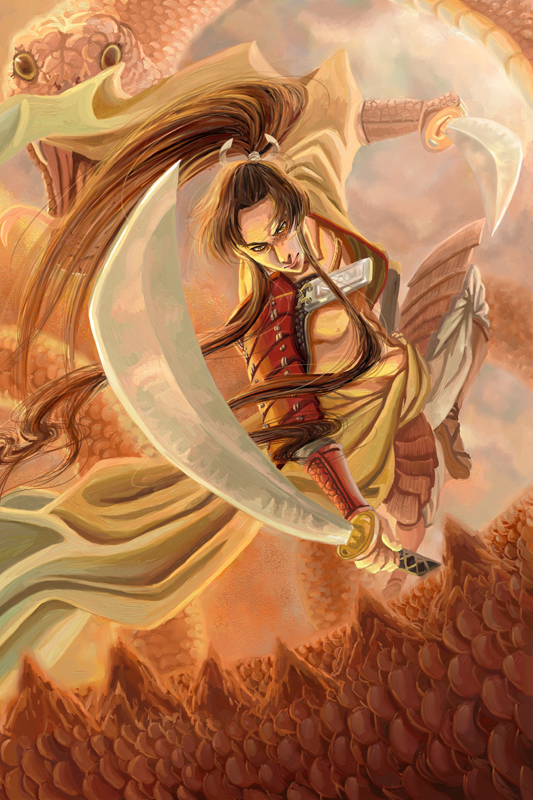
Guardian Angel Desember 12

Sorry I M Not Straightforward The Moon In Japanese Culture Moon Festival

Japanese Mythology

Susanoo Enraged Jpg Japanese Mythology Shinto Mythology

Japanese Mythology 日本神話 Main Gods Goddesses Susanoo Japanese Mythology Japanese Legends Japanese Folklore
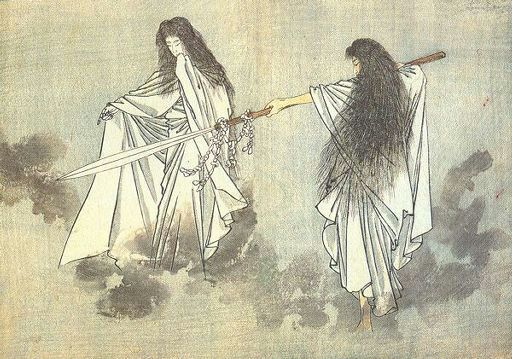
Updated The Uchiha Clan And Japanese Mythology Anime Amino

Here S The Reason For Night And Day According To Japanese Mythology
/GettyImages-520683295-27f834d0eb6d4569b5cd5bda4c94d5fb.jpg)
Japanese Mythology Izanami And Izanagi

Rainbows In Mythology Wikipedia
Q Tbn 3aand9gcrb6xz8ljzm6ibsafvqwbetkj 0xf1tr2vmlg5z6 Eo0gn1jil Usqp Cau

Sun And Moon Tsukuyomi And Amatarasu Amaterasu Okami Wolf Artwork

Tsukuyomi Mythopedia
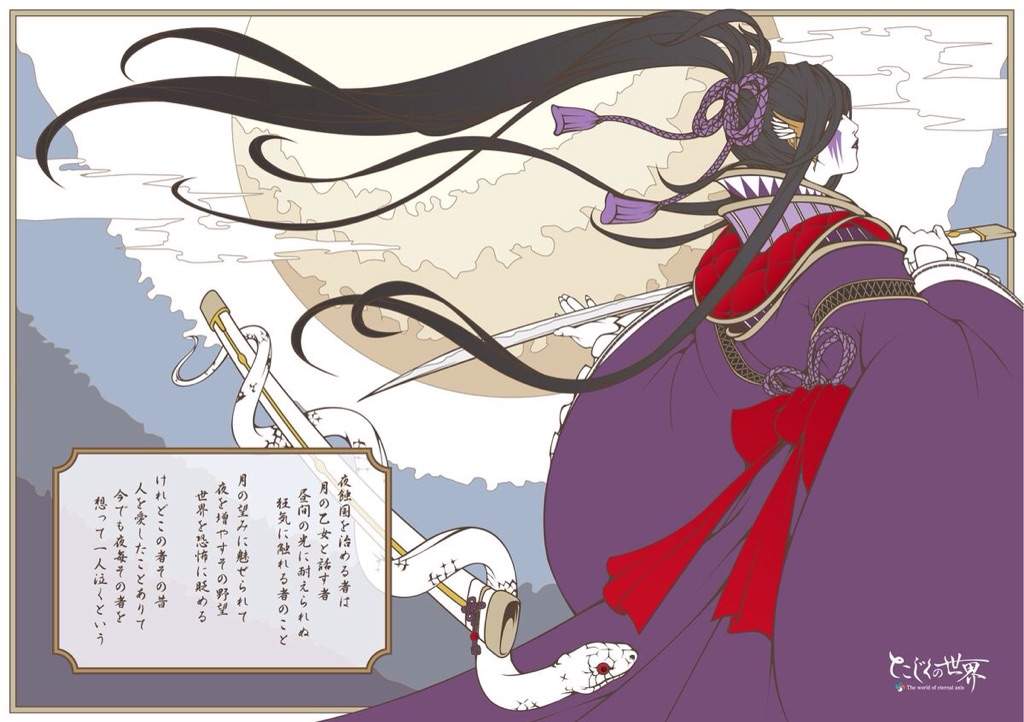
Tsukuyomi No Mikoto Mythology Wiki Fandom

Amatsu Kami Japanese Gods Japanese Mythology Pagan Gods Mythology

Amaterasu ōmikami Japanese Mythology Anime Amino
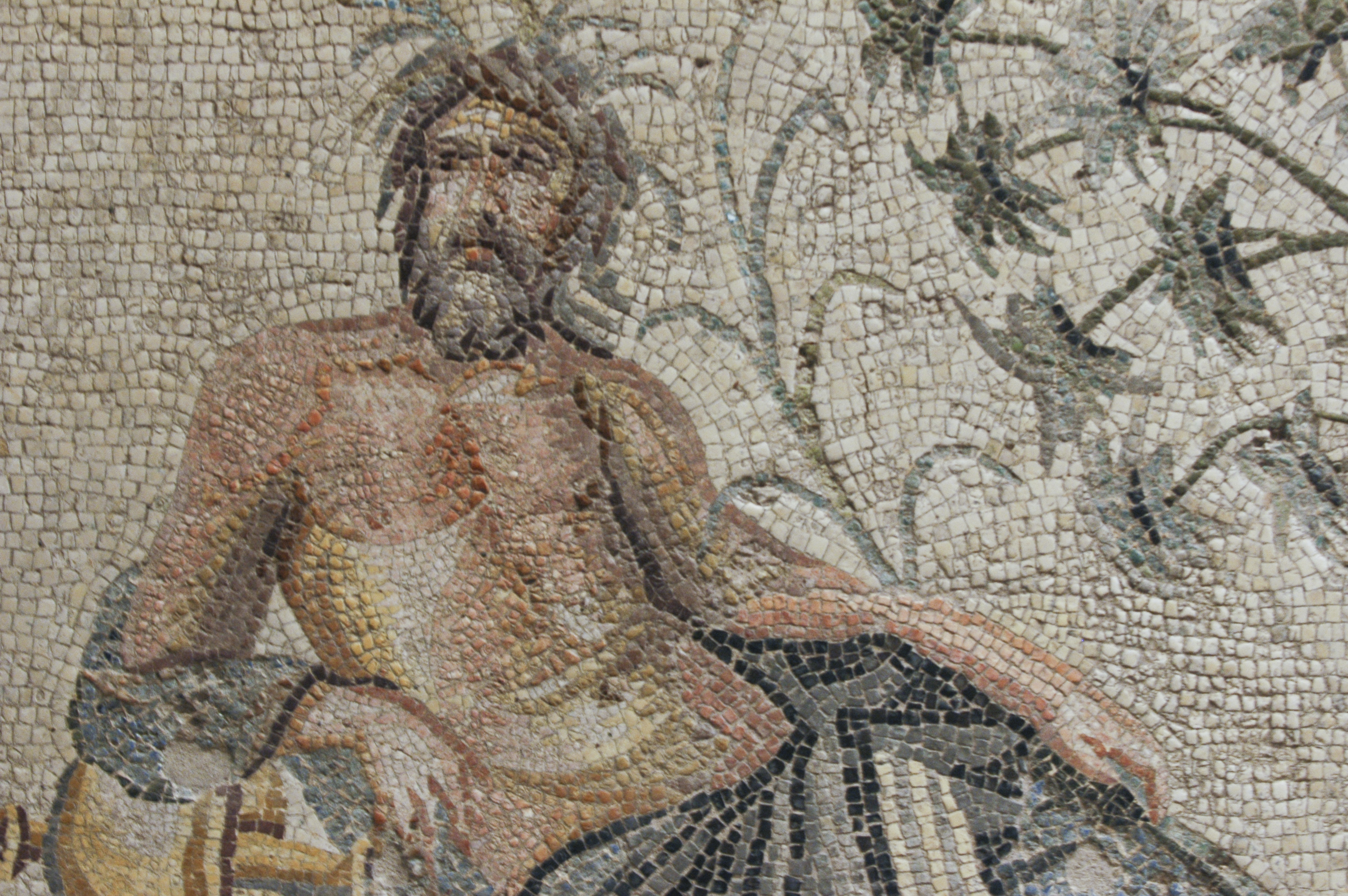
List Of Water Deities Wikipedia

How All Food Came To The World From A Butt And How Tsukuyomi Became Moon God Japanese Mythology Youtube
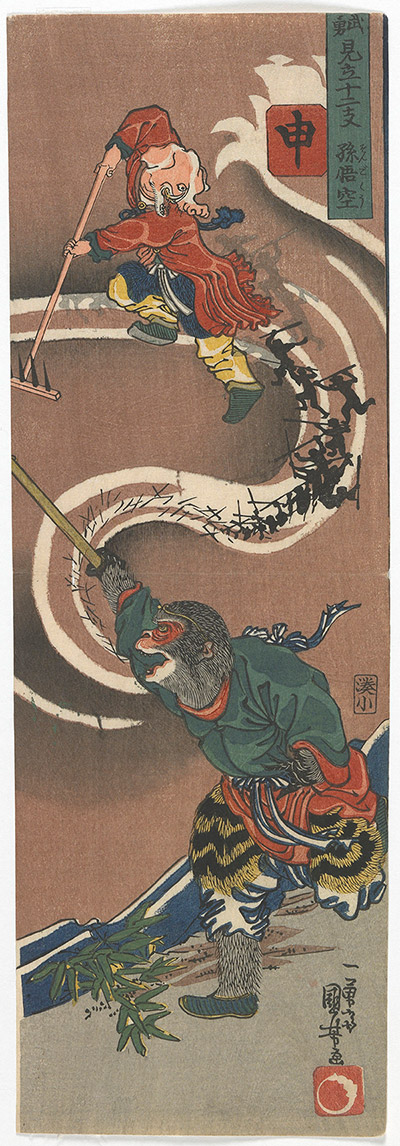
Animals In Japanese Folklore

Smite Forums

Japanese Mythology

Lesson 2 Japanese Mythology And Folklore

Amaterasu Wikipedia

Tsukuyomi No Mikoto Wikipedia

Izanami And Izanagi Ancient History Encyclopedia

Susanoo Mythopedia

Japanese Mythology Story Of Amaterasu Youtube

Fire Dogs And Angry Demons Solar And Lunar Eclipse Myths From Asia Pearl River Mart
Why Is The Moon Feminine And The Sun Masculine Quora

A Brief Brush Up On Japanese Mythology Yabai The Modern Vibrant Face Of Japan

Tsukuyomi Is Coming To Smite

Amaterasu By Feig Art On Deviantart Amaterasu Japanese Myth Japanese Mythology

Artstation Yujin Jung Sangrde Japanese Mythology Manga Couples Amaterasu

Susanoo No Mikoto Wikipedia
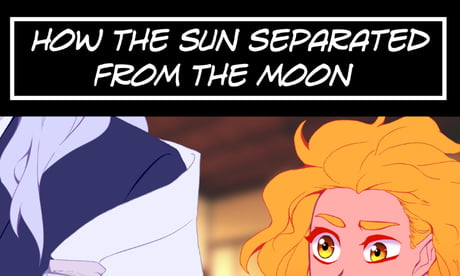
How The Sun Separated From The Moon According To Japanese Mythology 9gag

How The Sun Separated From The Moon According To Japanese Mythology Webtoon Manga Mangago
Q Tbn 3aand9gcrpds1wswqwfzi0ynpfqeyuunm Rso44qli 4z6efa9txcfnd7b Usqp Cau

Amaterasu Mythopedia
Q Tbn 3aand9gcrslnt7lff54cxe378kflrrii74ccelp0i5qdfu7a0msaci Lyu Usqp Cau

Japanese Mythology Martini Fisher

Moon Gods And Moon Goddesses Lunar Deities

Sun Wukong The Monkey King Mythopedia

12 Major Japanese Gods And Goddesses You Should Know About
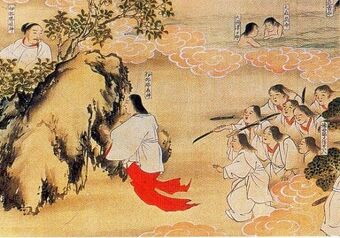
Izanagi Mythology Wiki Fandom
2

Here S The Reason For Night And Day According To Japanese Mythology

Japanese Mythology 5 Legends And Ancient Myths And Legends
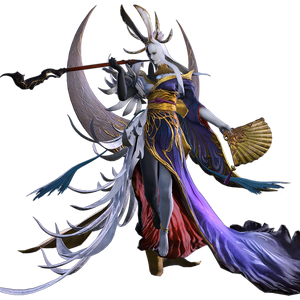
Tsukuyomi No Mikoto Mythology Wiki Fandom
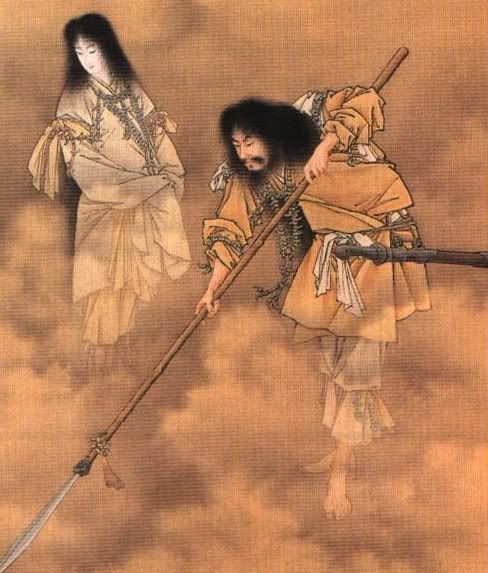
Japanese Mythology Myth Tv Tropes

Amaterasu The Japanese Sun Goddess Nippon Com

Here S The Reason For Night And Day According To Japanese Mythology

Amaterasu Japanese Sun Goddess Amaterasu Goddess Art Japanese Mythology

How The Sun Separated From The Moon According To Japanese Mythology 9gag

A Brief Brush Up On Japanese Mythology Yabai The Modern Vibrant Face Of Japan

Sorry I M Not Straightforward The Moon In Japanese Culture Moon Festival

Chang E Is The Chinese Goddess Of The Moon Chang E Is The Subject Of Several Legends In Chinese Mythology Most Of W Fairytale Art Asian Art Chinese Mythology
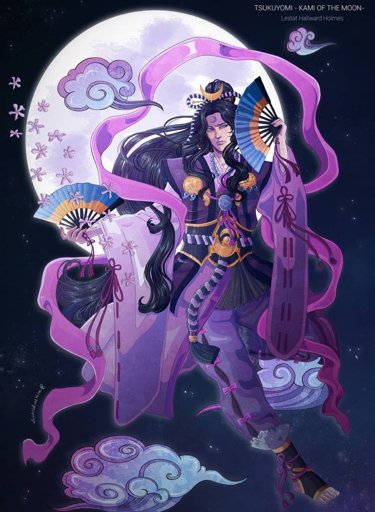
Tsukuyomi The Japanese Moon God Wiki Pagans Witches Amino

Japanese Mythology
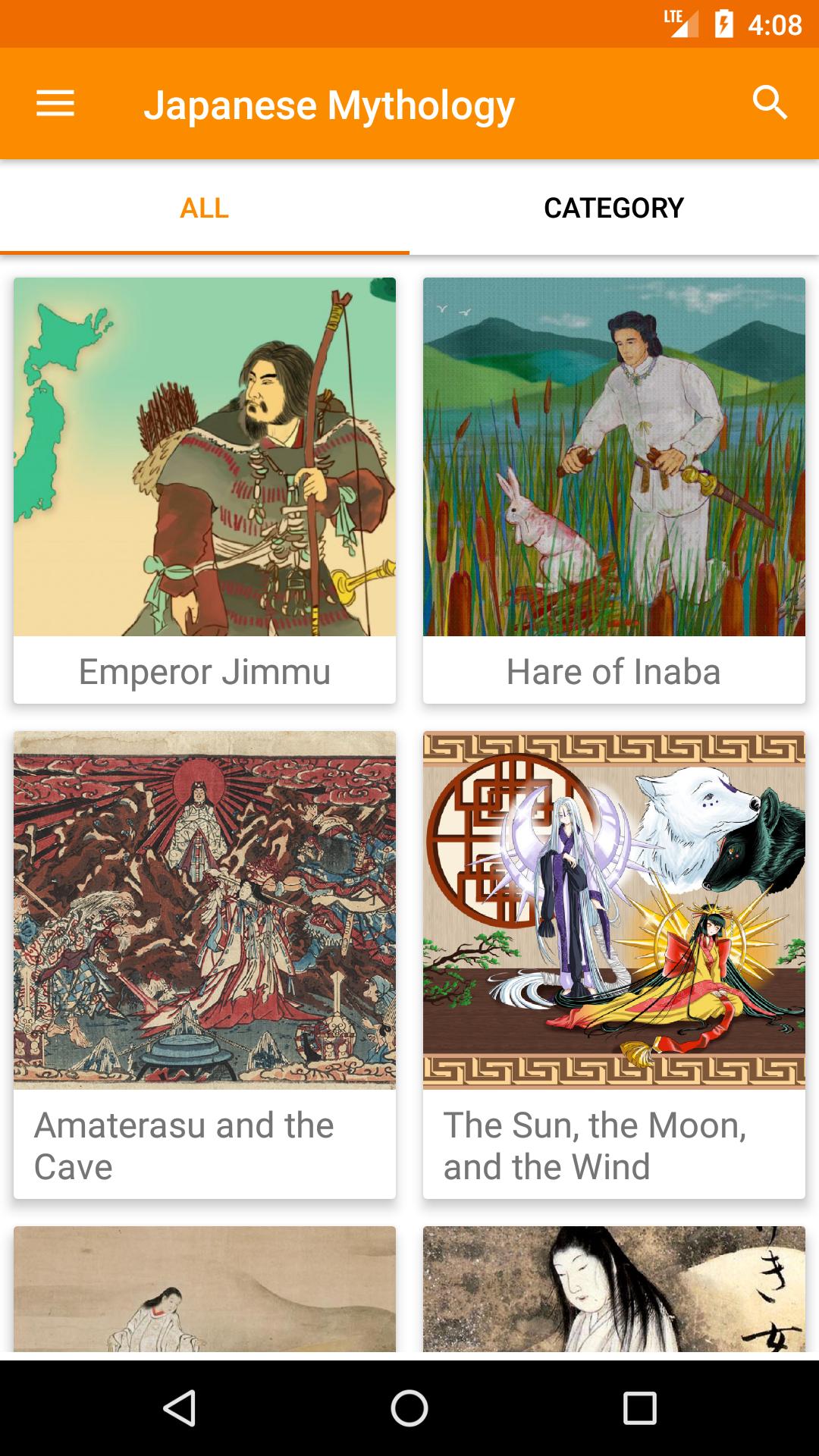
Japanese Mythology For Android Apk Download

Lesson 2 Japanese Mythology And Folklore

Tsukuyomi Classic Mythology By Tonyperna On Deviantart

Artstation The Sun Goddess And The Moon God Yujin Jung Sangrde Amaterasu Japanese Mythology Goddess
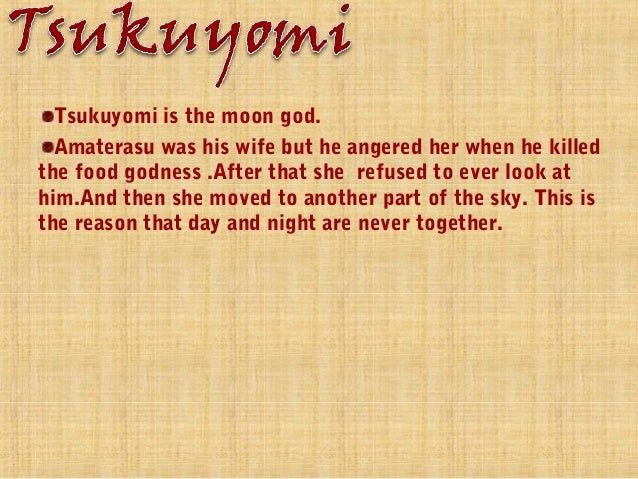
Japanese Mythology
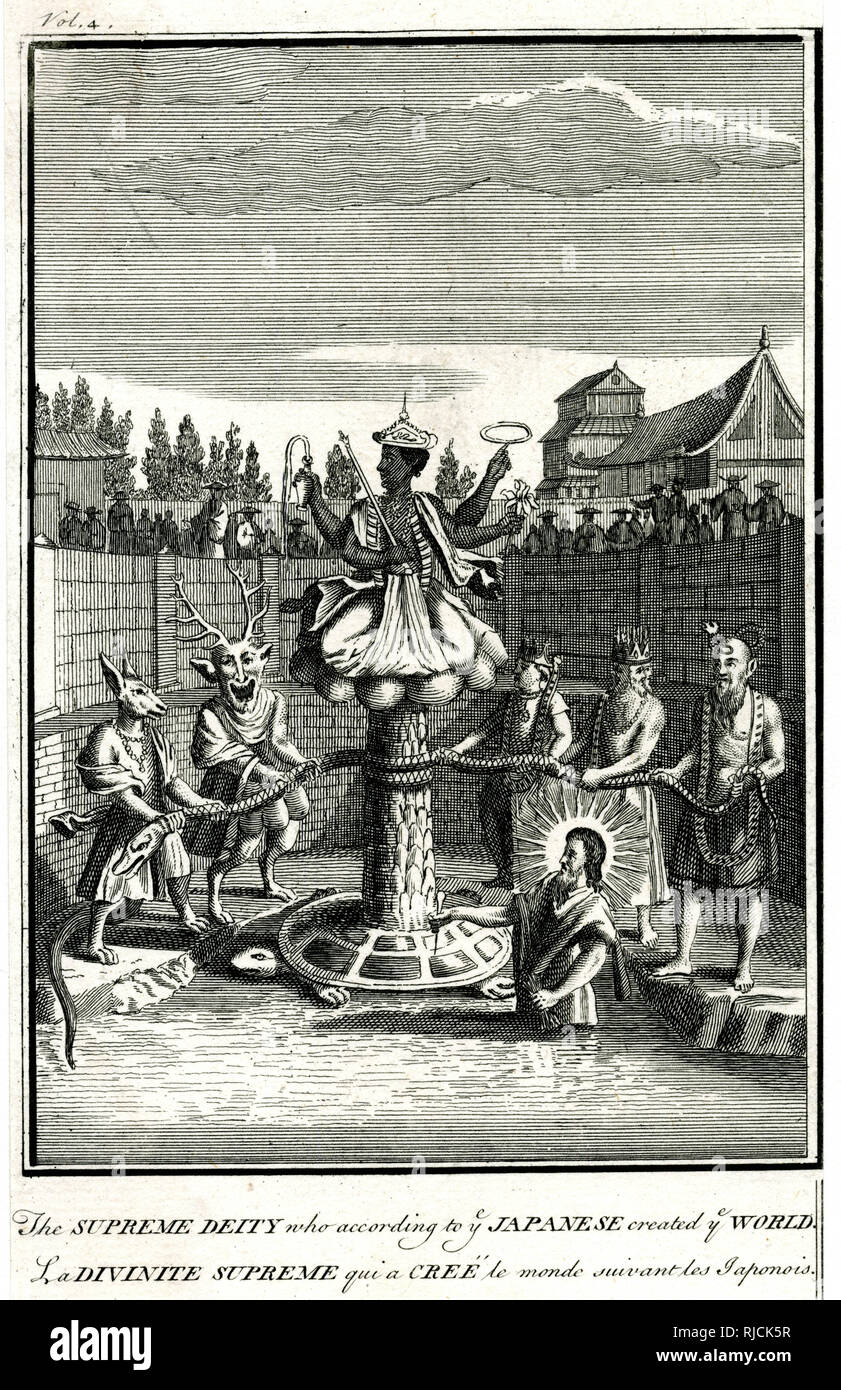
The Supreme Deity Who According To The Japanese Created The World Amaterasu Is Known As The Supreme Japanese Deity Records Of Her Worship Have Been Found In Some Of The Oldest Records

Moon Rabbit Wikipedia

Kitsune Wikipedia

How The Sun Separated From The Moon According To Japanese Mythology Vol 1 Ch 1 1 How The Sun Separated From The Moon According To Japanese Mythology Vol 1 Ch 1 1 Page 4 Nine Anime

Amaterasu ōmikami Japanese Mythology Anime Amino
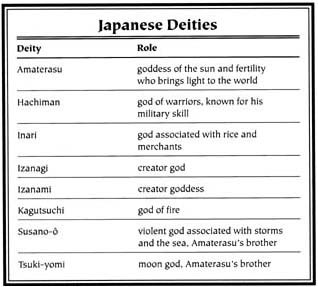
Japanese Mythology Myth Encyclopedia God Story Legend Names Ancient Tree Famous Animal World Chinese

Tsukiyomi Japanese Myth God Of The Moon He Was Born When Washed Out Of Izanagi S Right Eye He Killed Uke Japanese Mythology Japanese Myth Legends And Myths

Mythology In Art Depictions Of The Storm God Susanoo By The Masters Of Japanese Ukiyo E
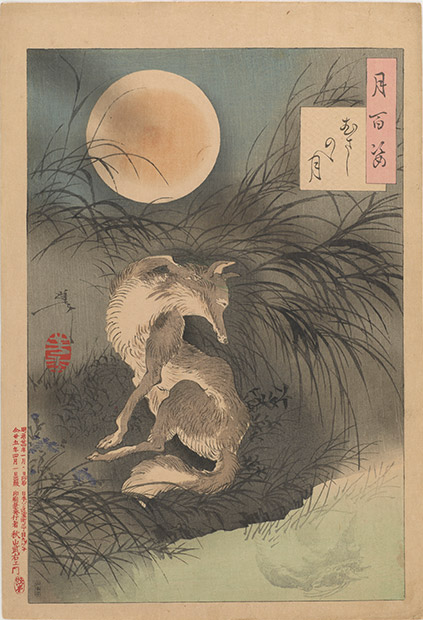
Animals In Japanese Folklore
/Amaterasu_in_the_cave-5b127babeb97de00366ba20c.jpg)
Gods And Goddesses Of Japan

Naruto And Japanese Mythology Naruto Amino

List Of Lunar Deities Wikipedia

Japanese Mythology Wikipedia
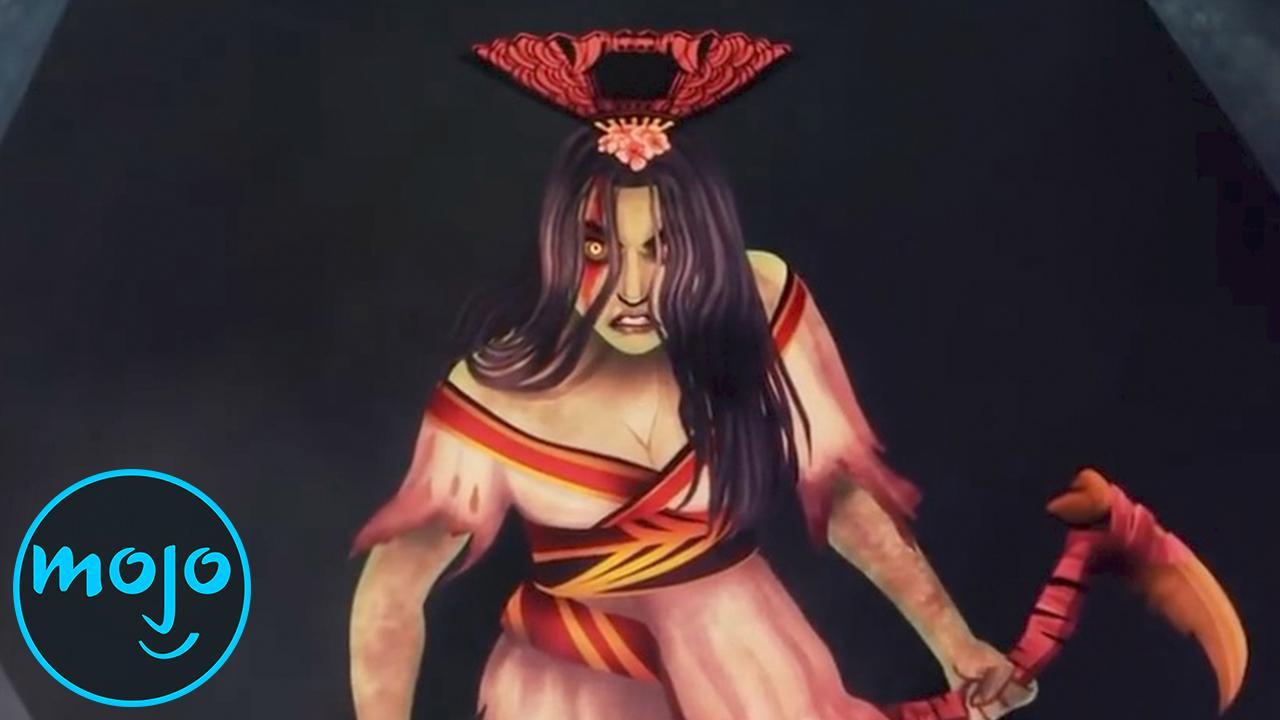
Top 10 Japanese Gods And Goddesses Watchmojo Com

Japanese Mythology

Tsukuyomi The Moon God Moon Knight Japanese Mythology Knight

Exhibition Works Neo rnikotka Illustrations

Japanese Mythology Series Izanagi And Izanami Spotlightjapan
/sun-gods-and-sun-goddesses-121167_fin-7aab2b08f4684856ae32c6ab257e43e1.png)
Who Are The Sun Gods And Goddesses

How The Sun Separated From The Moon According To Japanese Mythology Vol 1 Ch 1 1 How The Sun Separated From The Moon According To Japanese Mythology Vol 1 Ch 1 1 Page 9 Nine Anime
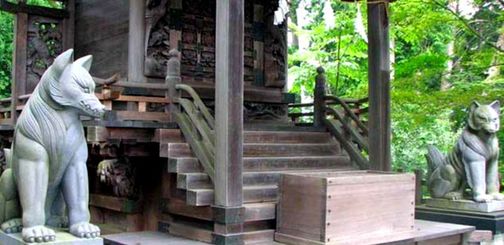
Japan And Ainu Wolf Mythologie And Wolf Gods Creation Myths Wolf Shrines In Japan Mitsumine Jinja Yamazumisama Shirookami White Wolf Pure God Dieux Loups Au Japon Homepage Ralph Haussler

How All Food Came To The World From A Butt And How Tsukuyomi Became Moon God Japanese Mythology Youtube
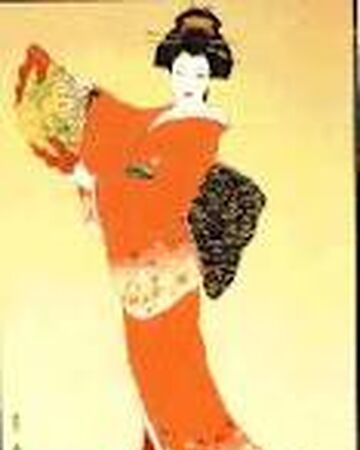
Amaterasu Mythology Wiki Fandom

How Ancient Cultures Explained Eclipses
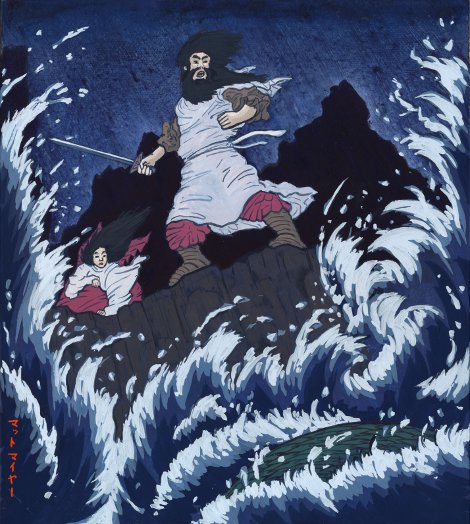
Lesson 2 Japanese Mythology And Folklore

Japanese Gods Traditional Wood Block Print Mayumi Oda
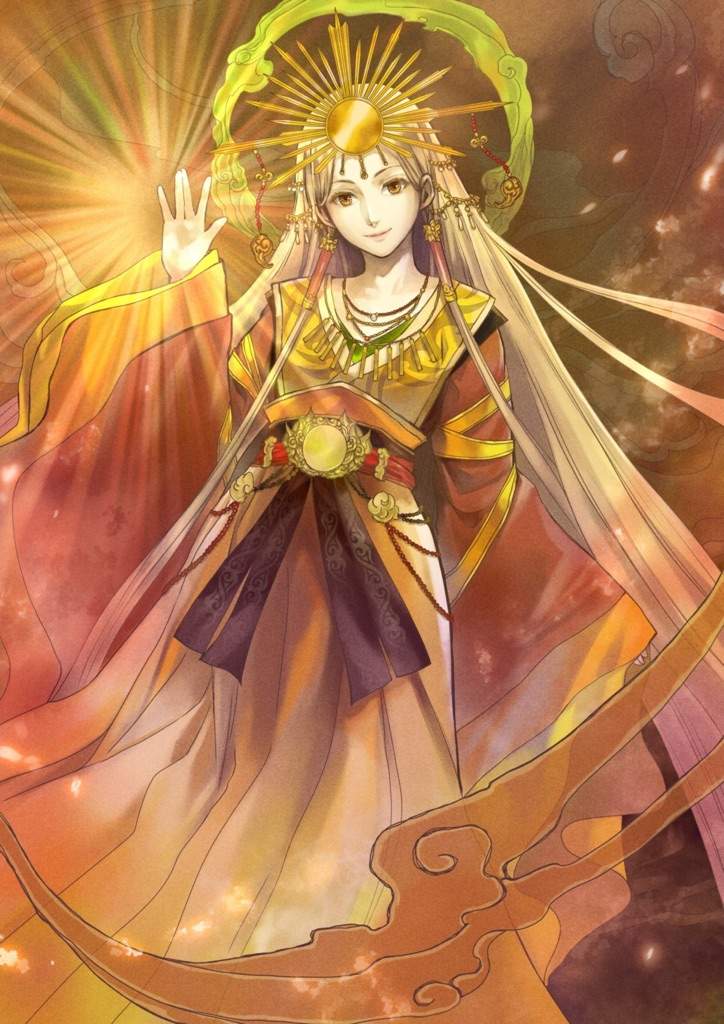
Amaterasu ōmikami Japanese Mythology Anime Amino

Canadian Studies Center News Article

Amaterasu Shinto Sun Goddess Amaterasu Japanese Mythology Mythology
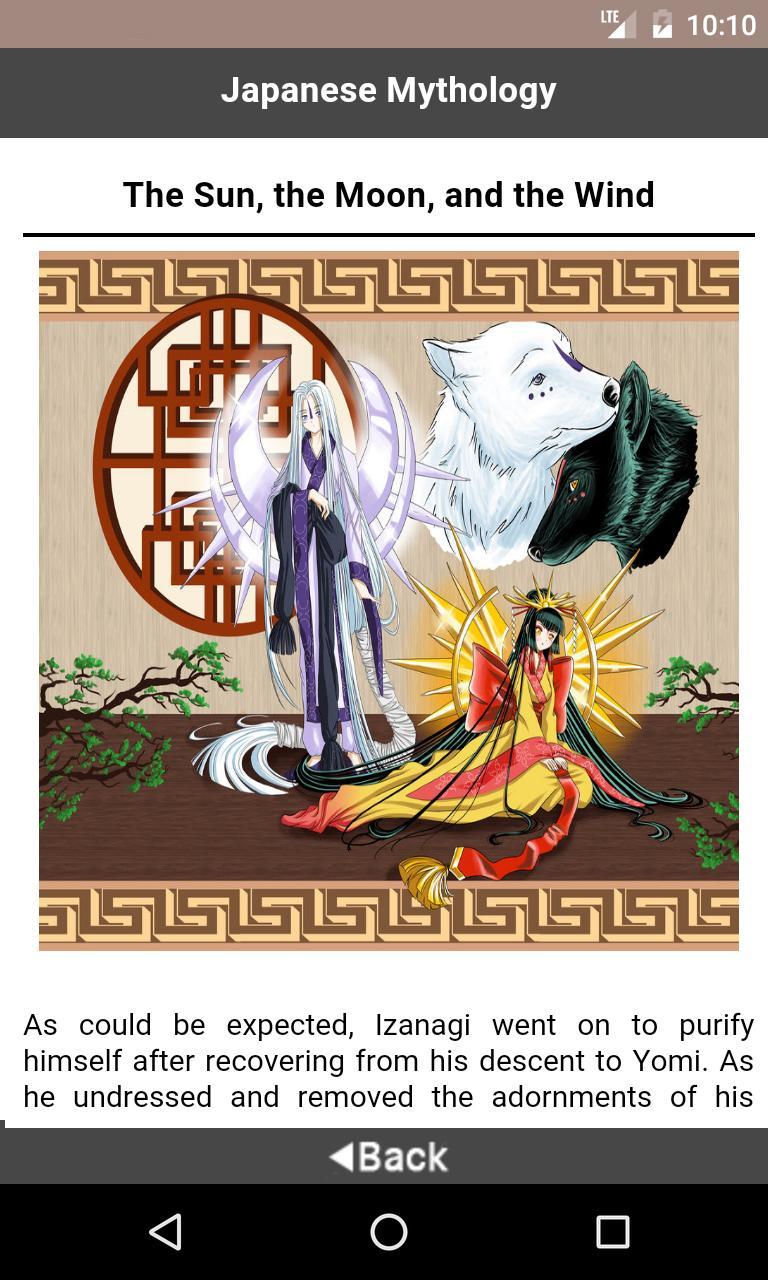
Japanese Mythology For Android Apk Download
Q Tbn 3aand9gcq6besbjesdkhhagj0f1bc6xzbe K 7uhfmb1a7ld5 Aqqsr1iz Usqp Cau

Amaterasu Amaterasu Concept Art Characters Japanese Goddess

White Heron Crane Dance Shirasagi No Mai And Heron Symbolism Japanese Mythology Folklore
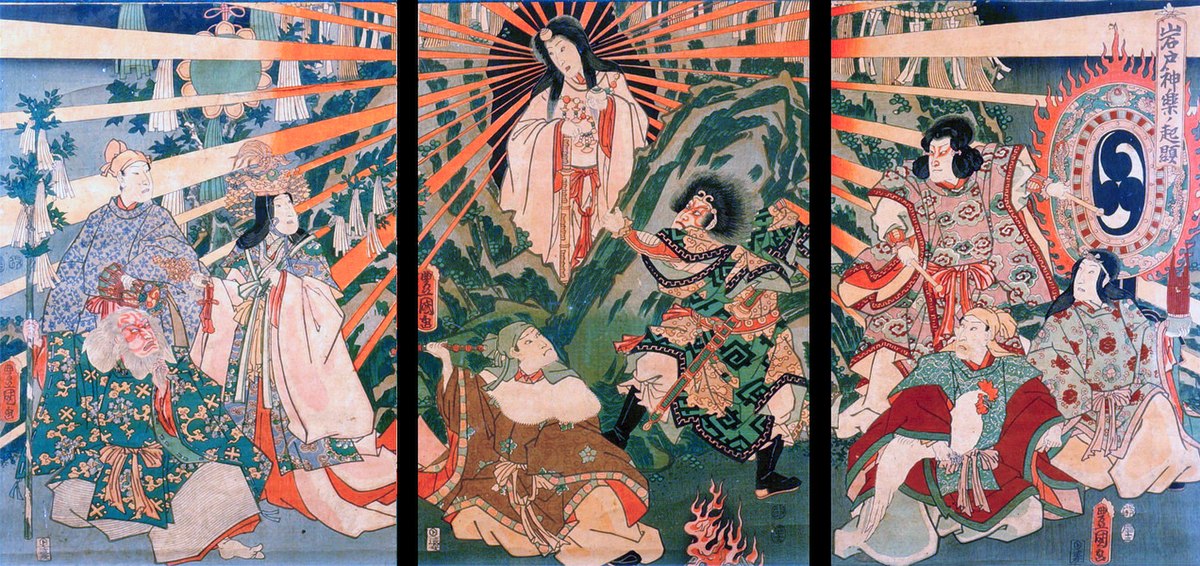
Amaterasu Wikipedia

The Japanese Dragon Myths Legends And Symbolisms Yabai The Modern Vibrant Face Of Japan



